Mount St. Helens, a majestic volcano nestled in Washington State, USA, is not only a geological marvel but also a symbol of nature’s powerful resilience after disaster. The catastrophic eruption of 1980 obliterated a vast area, yet from those ashes, an extraordinary new landscape emerged, attracting visitors from around the world to explore and admire. Join “Travel the World” on a journey to discover Mount St. Helens, to witness the contrast between destructive power and nature’s miraculous recovery.
About Mount St. Helens Volcano
Proudly standing in the Cascade Range, within Washington State, Mount St. Helens is not just a renowned tourist destination but also an invaluable natural laboratory for scientists. This volcano carries a story of immense devastation and spectacular rebirth since the earth-shattering eruption of 1980. The pristine, awe-inspiring beauty of Mount St. Helens today is the result of an incredible recovery process, a testament to nature’s inherent strength. Here, visitors can not only admire the unique scenery but also have the opportunity to delve into the geology, ecosystem, and history of one of North America’s most active volcanoes.
Mount St. Helens History: The Catastrophic 1980 Eruption
Before becoming the epicenter of the largest volcanic disaster in US history, Mount St. Helens had experienced thousands of years of quiet activity. Geological evidence indicates that the mountain had erupted multiple times in the past, shaping the regional landscape over millennia. However, it was the eruption on May 18, 1980, that truly etched Mount St. Helens into the history books, not only for its destructive force but also for the invaluable scientific lessons it provided.
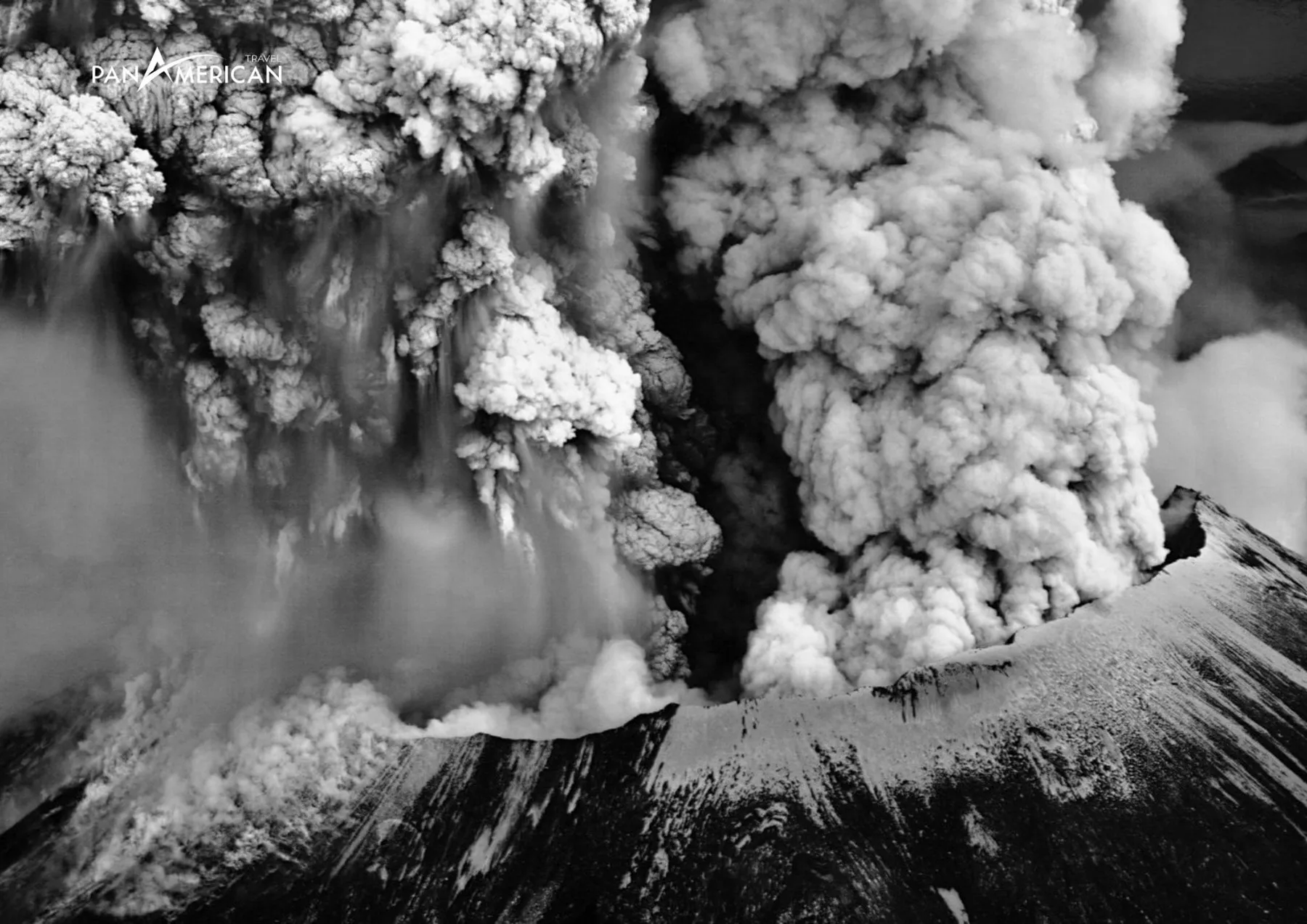
The eruption was triggered by a series of minor earthquakes in March 1980, signaling the awakening of the dormant volcano. By May, geological tension reached its peak, causing a massive landslide on the north flank – the largest landslide in recorded history. This landslide released the pressure within the volcano, leading to an extremely powerful lateral eruption. The explosive force was equivalent to 24 megatons of TNT, blowing away the mountain’s summit, creating an ash plume over 24 km high, and spreading across hundreds of square miles. A scorching pyroclastic surge, traveling at supersonic speeds, flattened forests, melted snow and ice, and caused devastating flash floods. The eruption lasted for 9 hours, claiming the lives of 57 people and leaving behind a vast desolate landscape.
Despite the destruction, the 1980 eruption also ushered in a new era in volcanology and ecosystem research. Scientists had a firsthand opportunity to observe the process of ecosystem re-establishment after a disaster, gaining a deeper understanding of nature’s resilience. Mount St. Helens today remains under close monitoring by scientists, who are always ready to issue warnings if any anomalies are detected, ensuring the safety of visitors and surrounding communities.
Exploring Mount St. Helens: 10 Must-Visit Destinations
Today, the Mount St. Helens volcanic area has vigorously revived, becoming an attractive tourist destination with countless opportunities for nature exploration and geological discovery. Here are 10 unique travel experiences that you shouldn’t miss when visiting Mount St. Helens:
Johnston Ridge Observatory
Johnston Ridge Observatory is ideally located just about 8km north of the crater, offering the closest and most comprehensive views of the area directly impacted by the 1980 eruption. Here, visitors can marvel at the immense crater, the barren valley, and the distinct remnants of the disaster from years past. The observatory’s information center provides interactive exhibits, models, videos, and engaging presentations, helping visitors better understand the eruption history, ecosystem recovery process, and ongoing scientific research in the area.
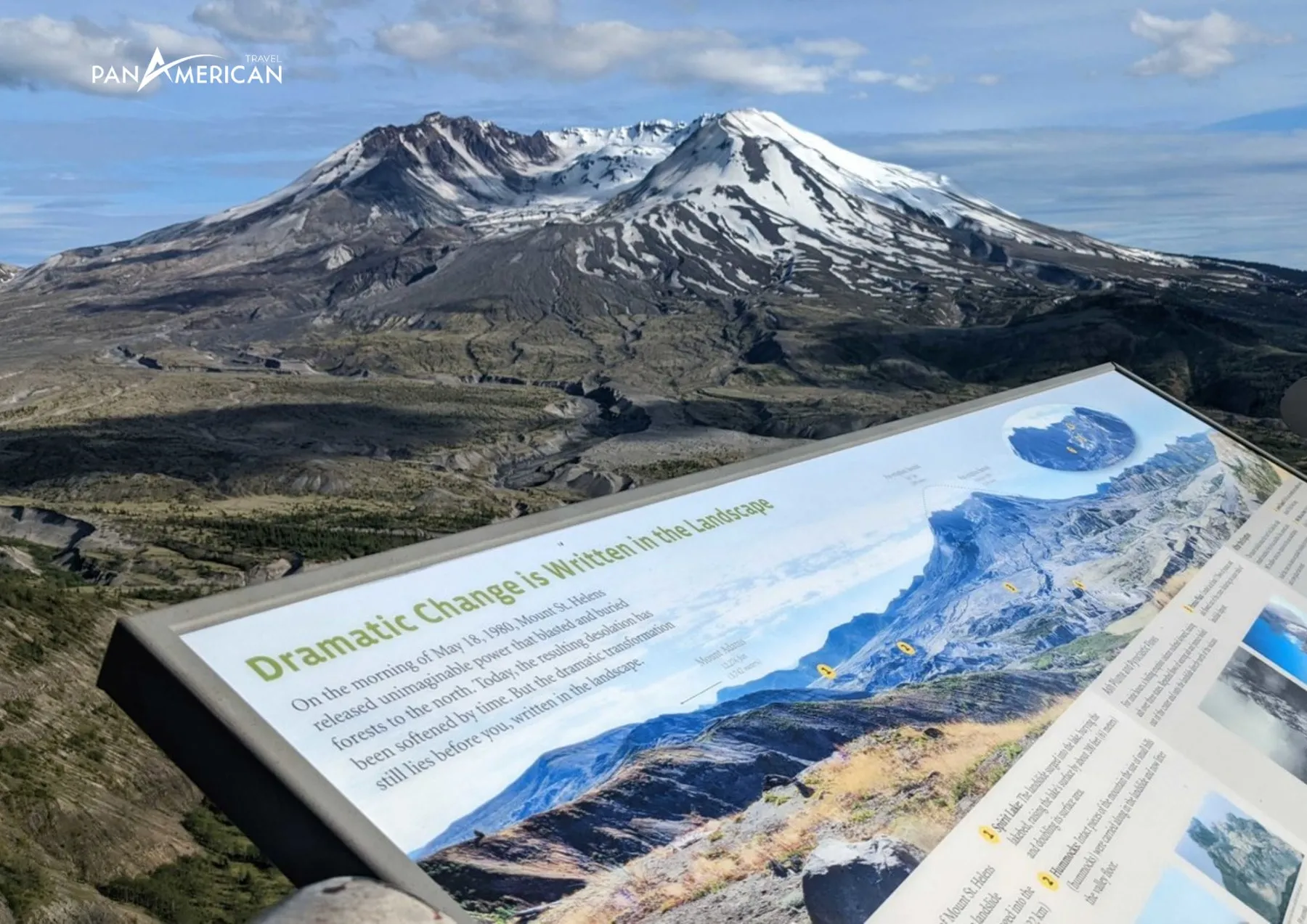
Spirit Lake
Spirit Lake was once a stunning jewel, but it was severely damaged by the 1980 eruption. The shock wave and landslide completely altered the lake’s shape, submerged the surrounding ancient forest, and turned the lake water a murky gray. However, over time, Spirit Lake has gradually recovered and regained its pristine beauty. Today, the clear lake surface reflects the majestic mountains, and the trunks of ancient trees still stand starkly on the water, creating a unique and haunting landscape. Visitors can enjoy activities such as kayaking, fishing, or hiking around the lake to soak in the fresh air and explore the eerie beauty of Spirit Lake.
Mount St. Helens Visitor Center at Silver Lake
The Mount St. Helens Visitor Center at Silver Lake is an ideal first stop to begin your journey exploring the volcanic area. Here, visitors will be provided with an overview of the geological history, ecosystem, and tourist activities at Mount St. Helens. Diverse and engaging exhibits, including geological specimens, images, videos, and artifacts related to the 1980 eruption, help visitors gain a comprehensive and deeper understanding of this volcano.
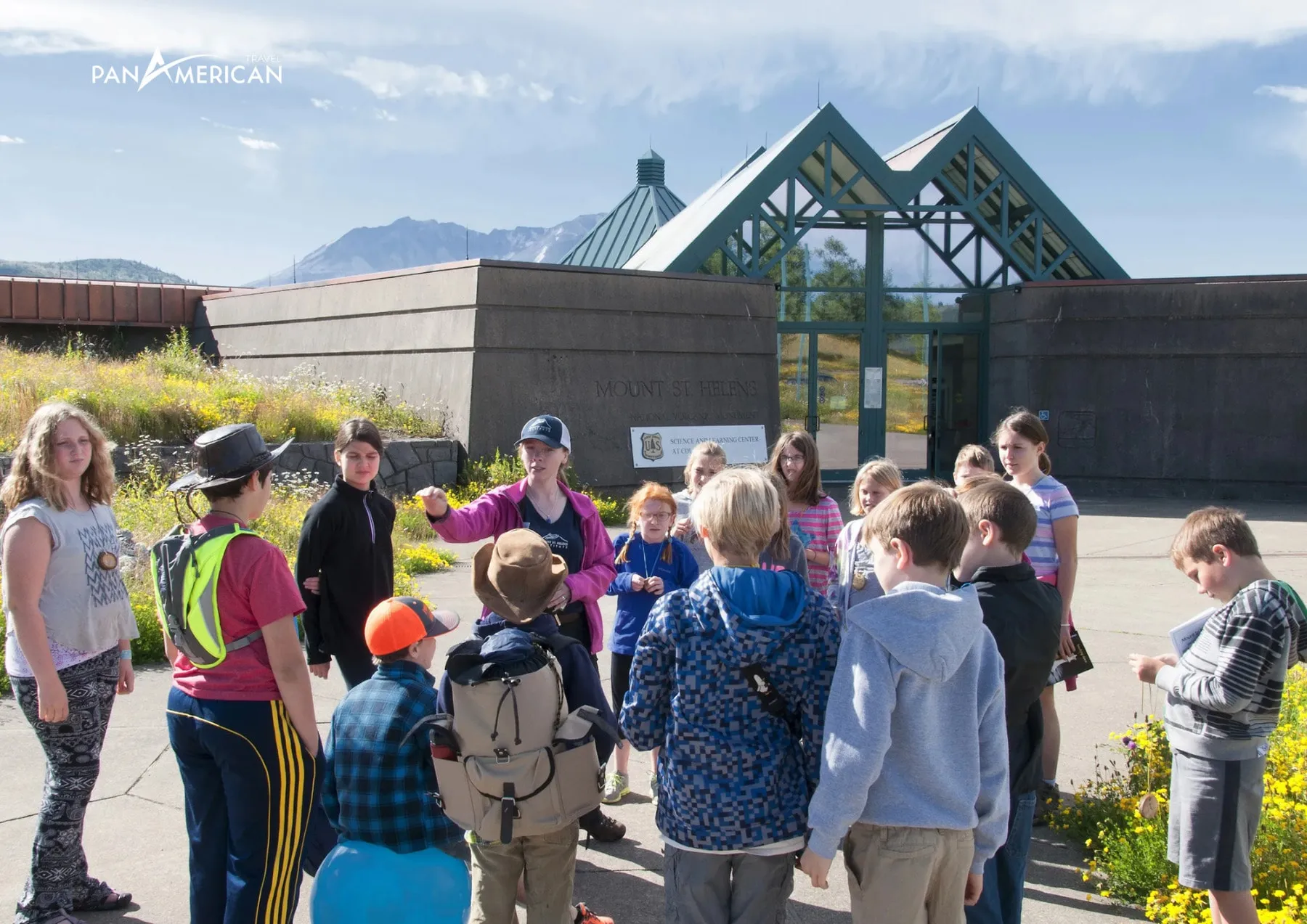
Ape Cave
Ape Cave is a unique geological wonder, formed from basalt lava flows about 2,000 years ago. With a length of over 4km, it is the third-longest lava tube in North America. Visitors can explore the mysterious underground world by walking along the cave, admiring the lava columns, rock walls, and unique lava formations. Ape Cave offers an adventurous and exciting exploration experience, especially appealing to those who love spelunking and learning about geology.
Lava Canyon
Lava Canyon is a powerful testament to the force of water and time in shaping terrain. Formed by the erosive flow of the Muddy River after the 1980 eruption, this canyon features sheer cliffs, majestic waterfalls, and unique basalt columns. Visitors can hike on trails along the canyon, cross precarious suspension bridges, and admire the pristine, awe-inspiring natural scenery.
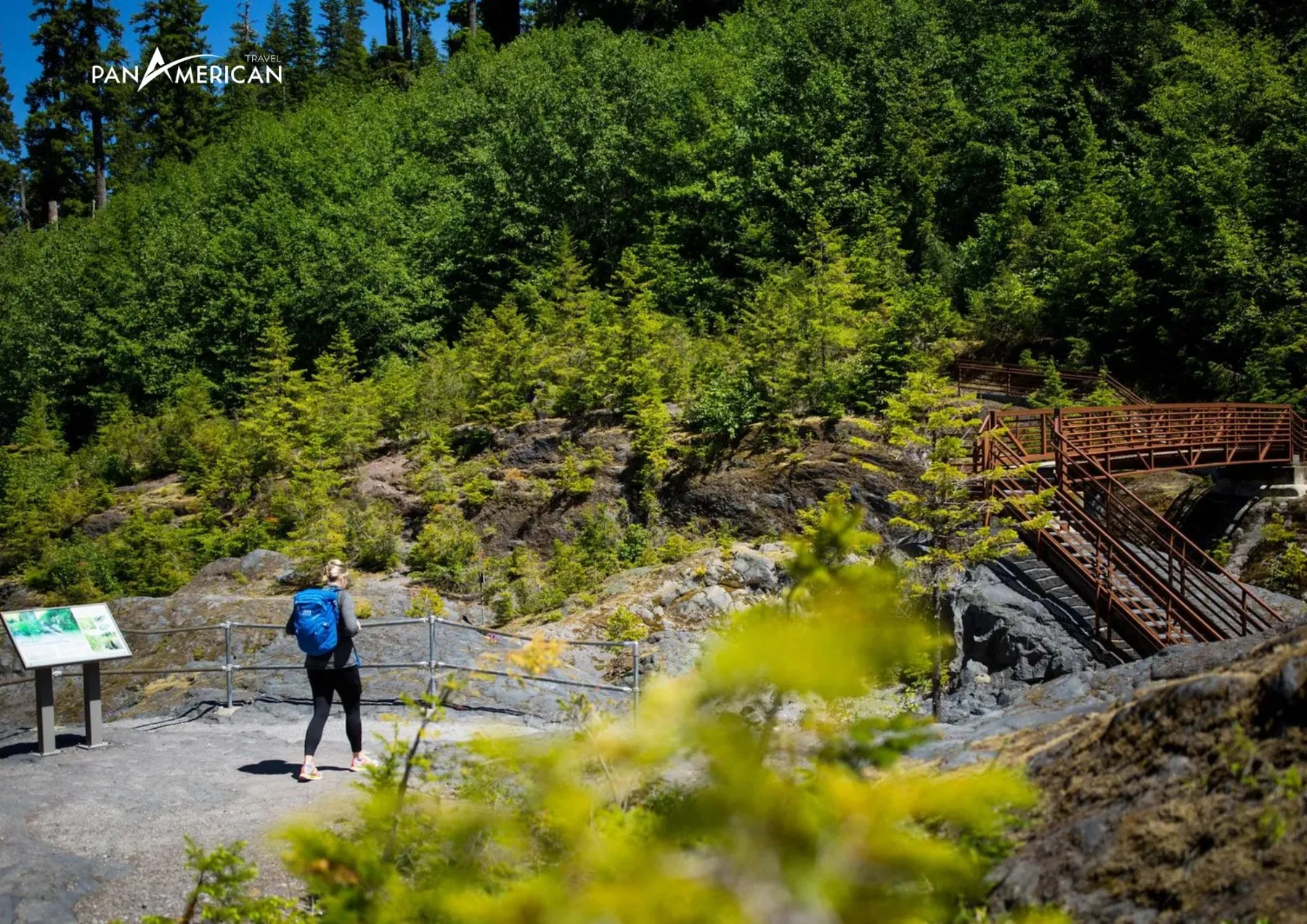
Windy Ridge Viewpoint
Windy Ridge Viewpoint is considered one of the most scenic spots at Mount St. Helens. From here, visitors can take in panoramic views of the area devastated by the 1980 eruption, admire the crater, Spirit Lake, and the Toutle River Valley. Especially on clear days, Windy Ridge Viewpoint also offers stunning views of other volcanoes in the Cascade Range, such as Mount Rainier and Mount Adams.
Hummocks Trail
The Hummocks Trail leads visitors through a unique landscape called “hummocks,” small rolling hills formed from the massive landslide of 1980. This area is a living testament to the regeneration of the ecosystem after disaster. Visitors can observe the recovery of plants, animals, and learn about the ecological processes taking place in this area. Hummocks Trail is a great option for those who want to explore natural beauty and learn about the miraculous revival of Mount St. Helens.
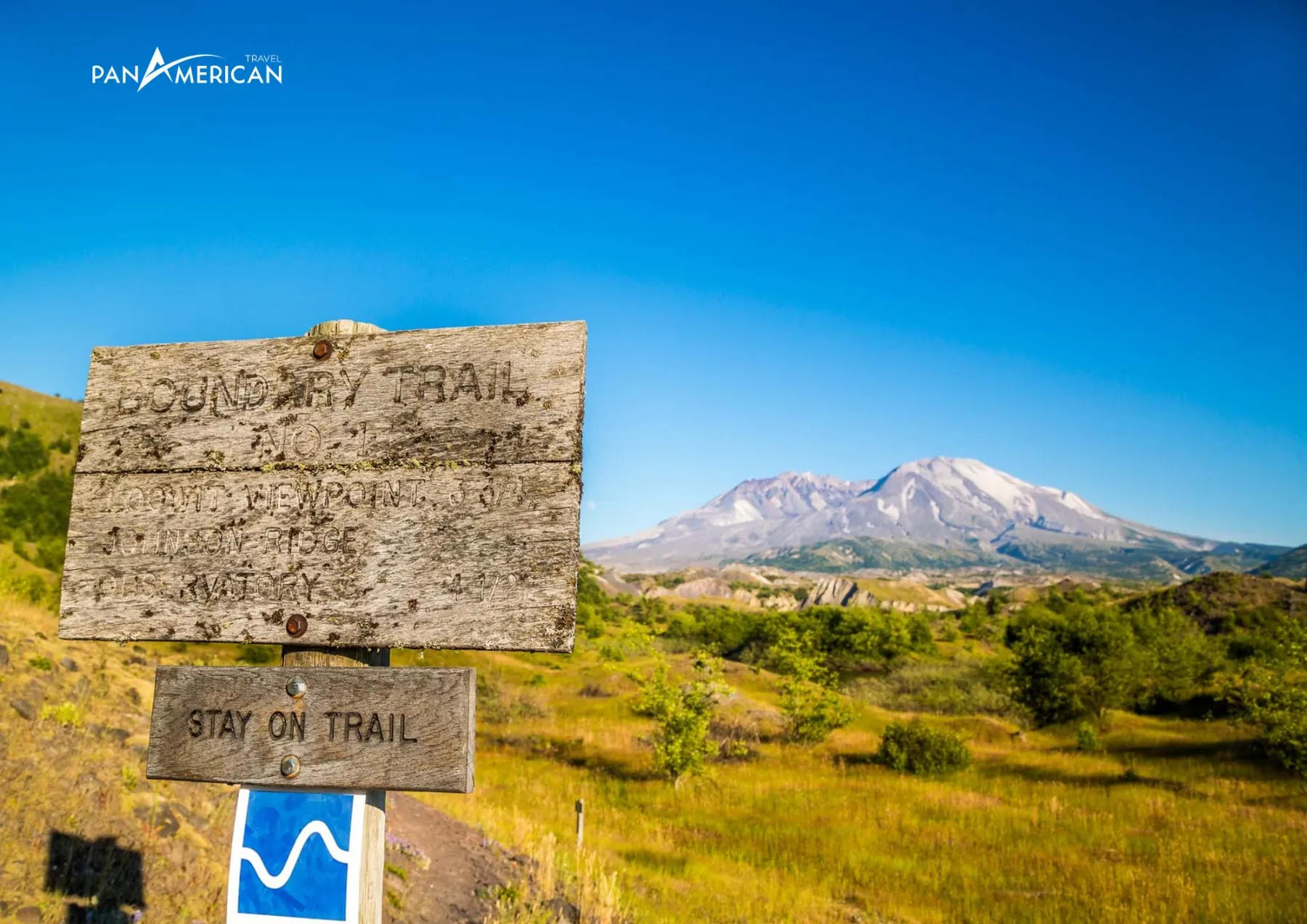
Harry’s Ridge
The Harry’s Ridge hiking trail offers a fantastic trekking experience with the reward of spectacular views of the crater and Spirit Lake. This trail is about 13km long, passing through steep slopes, forests, and meadows, offering a diverse landscape and terrain. Harry’s Ridge is an ideal choice for visitors in good physical condition who want to challenge themselves while fully enjoying the pristine beauty of Mount St. Helens.
Coldwater Lake
Coldwater Lake is a beautiful freshwater lake formed after the 1980 eruption when volcanic mudflows dammed Coldwater Creek. This lake has a peaceful landscape, clear water, and is surrounded by lush green forests. Visitors can relax by the lake, kayak, fish, or stroll along the lakeside to enjoy the fresh air and tranquil beauty of Coldwater Lake.

Mount Margaret Backcountry
The Mount Margaret Backcountry area is a vast wilderness, ideal for visitors seeking adventurous travel and exploration of untouched nature. This area has many hiking trails, from easy paths to challenging trekking routes. Mount Margaret Backcountry offers panoramic views of the crater, Spirit Lake, and the recovering ecosystem, as well as a great opportunity to immerse yourself in the wild and enjoy peace and tranquility.
Unique Geology and Formation of Mount St. Helens
Mount St. Helens is part of the Pacific Ring of Fire, the most volcanically active region in the world. This volcano was formed by the subduction of the Juan de Fuca tectonic plate beneath the North American plate. This process creates magma, which accumulates underground and erupts to the surface, forming volcanoes. Mount St. Helens is a stratovolcano, composed of multiple layers of ash, lava, and volcanic debris, formed over thousands of years of eruptions.
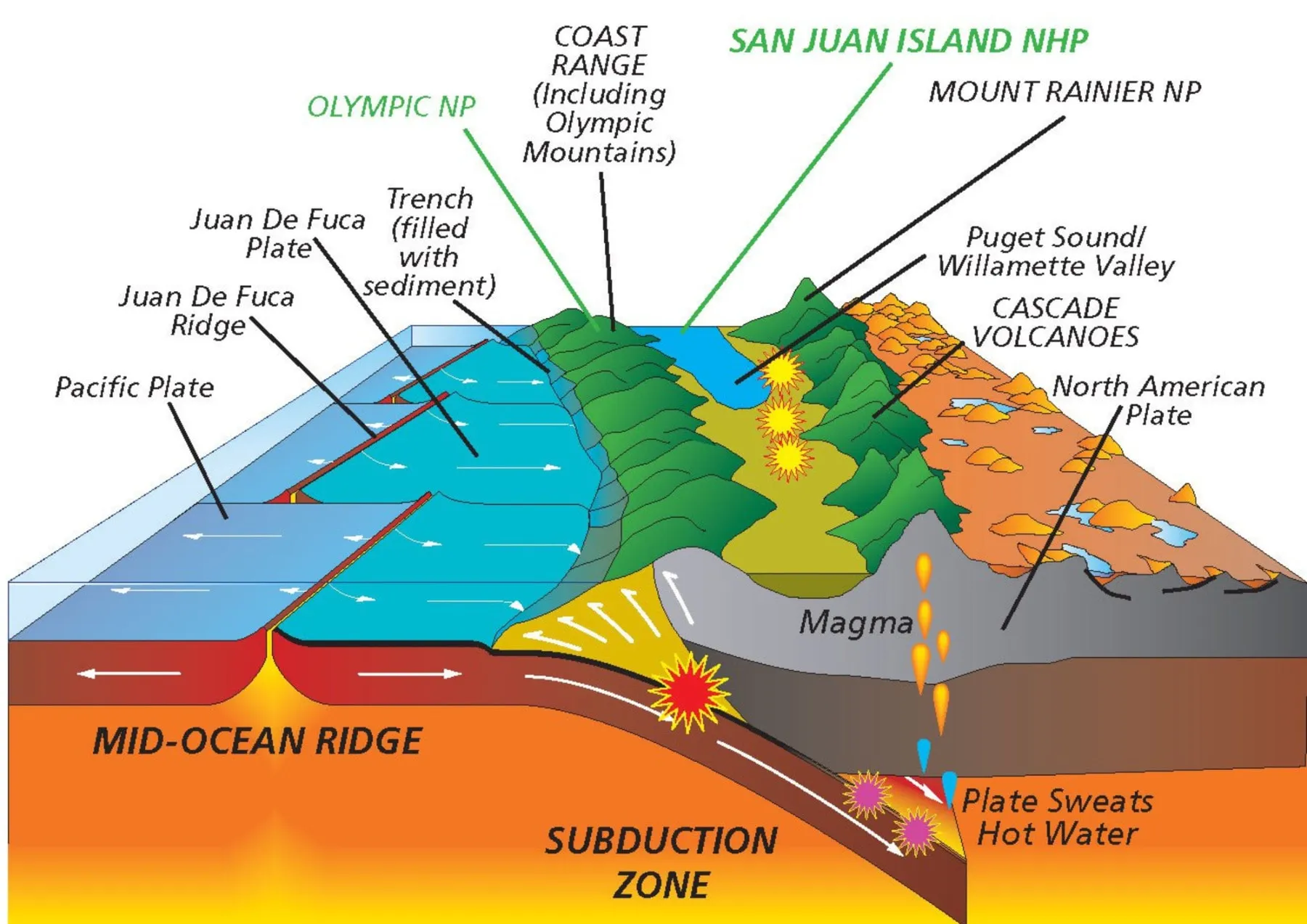
The 1980 eruption completely changed the geological structure of Mount St. Helens. The explosion blew away the mountain’s summit, creating a large horseshoe-shaped crater. The area around the volcano was covered in ash, lava, and volcanic mudflows (lahars), creating a desolate and barren landscape. However, from this devastation, scientists have had the opportunity to study the geological and ecological recovery process in detail and comprehensively.
The Miraculous Resurgence of the Mount St. Helens Ecosystem
Mount St. Helens is a prime example of nature’s incredible resilience after disaster. Within just a few years after the eruption, life began to sprout again from the desolate land. Pioneer plants like weeds, ferns, and shrubs quickly grew from the ashes, laying the foundation for ecosystem recovery. Wildlife such as squirrels, deer, elk, and birds also gradually returned to the area, seeking food and shelter.
Scientific research at Mount St. Helens has documented the ecosystem recovery process occurring faster and more diversely than expected. Scientists have discovered that even in the harsh post-eruption environment, “living oases” exist – small areas where life survived from before the disaster, playing a crucial role in ecosystem re-establishment. The resurgence of Mount St. Helens is not only a story of natural recovery but also a source of inspiration for environmental restoration projects worldwide.
Safety Tips and Travel Advice for Visiting Mount St. Helens
When visiting Mount St. Helens, visitors should note some safety precautions to ensure a smooth and enjoyable trip:
- Monitor weather forecasts: Mountain weather can change rapidly, especially in summer. Check the forecast before you go and prepare appropriate clothing.
- Bring enough water and food: Especially if you plan to hike or participate in outdoor activities.
- Use sunscreen, a hat, and sunglasses: The sun’s rays can be very intense in the mountains.
- Wear hiking boots or walking shoes: The terrain at Mount St. Helens can be rugged and slippery, especially on trails.
- Prepare a map and compass or GPS device: To avoid getting lost, especially when hiking in wilderness areas.
- Obey signs and safety instructions: The volcanic area may have potential hazards, always follow regulations and guidelines from management authorities.
- Inform relatives or friends about your itinerary: Especially if you are traveling alone or participating in adventurous activities.
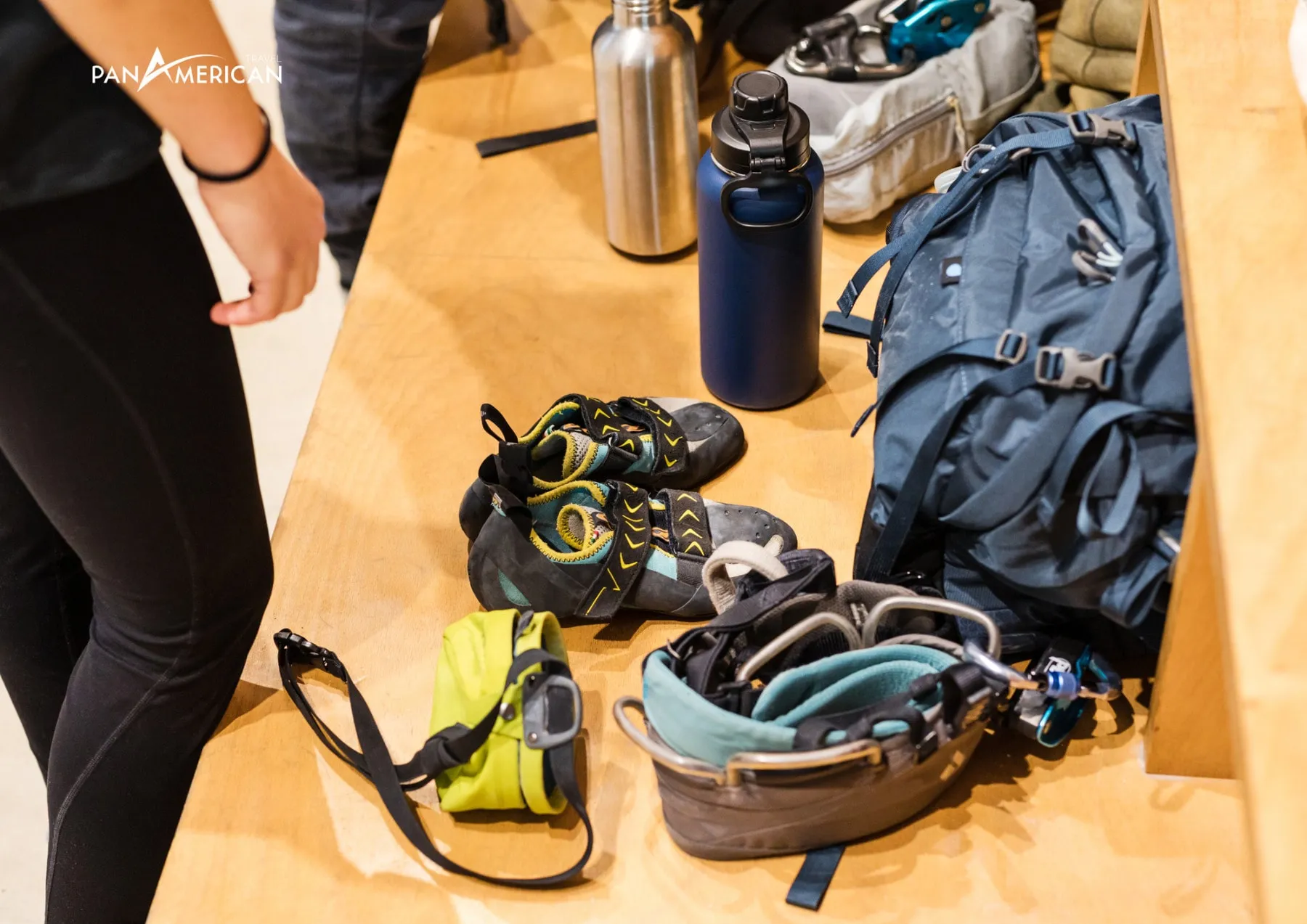
Travel Advice:
- Best time to visit: Summer (June to September) is the best time to visit Mount St. Helens, when the weather is warm and dry, suitable for outdoor activities.
- Duration of visit: It is recommended to spend at least 2-3 days to fully explore the attractions at Mount St. Helens.
- Accommodation: There are many accommodation options around the Mount St. Helens area, from hotels and guesthouses to campsites. Booking in advance is recommended, especially during peak season.
- Transportation: Renting a car is the most convenient way to get around Mount St. Helens and the surrounding areas.
A journey to explore Mount St. Helens volcano is a unique and memorable travel experience, offering visitors the opportunity to admire magnificent natural beauty, learn about fascinating geological history, and witness the powerful resilience of nature after disaster. Plan your trip today and discover this incredible natural wonder!